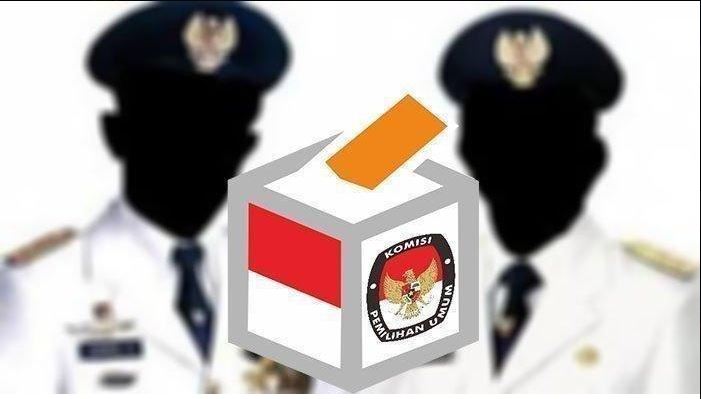
The foto has taken from Google
STRATEGIC ASSESSMENT-Berlin. On April 6, 2022, the German government announced the arrest of four white supremacists and a raid on the homes of 50 suspects believed to be associated with the activities of far-right actors. The arrested individuals and those under investigation have links to at least four groups, the U.S.-based Atomwaffen Division, Combat 18, Knockout 51, and Sonderkommando 1418. The four individuals arrested were believed to be members and leaders of Knockout 51, a self-styled racist fight club. According to news reports, more than 1,000 German law enforcement officials from 11 German states were involved in the arrests and raids. Like other far-right fight clubs, such as the Rise Above Movement (RAM), Knockout 51 has leveraged sport to draw recruits into its toxic ideology. And, like protest movements, such as the now defunct English Defence League, Knockout 51 has conducted patrols in communities populated by refugees and asylum seekers as part of an effort to provoke violence.
The scale of the German investigation highlights that Germany remains a hub for neo-Nazis and white supremacists, many of whom clearly remain influenced by the racist ideology and accelerationist theories of the Atomwaffen Division. The Atomwaffen Division formed on the online far-right forum known as Iron March. While Iron March was dissolved five years ago, it provided a virtual meeting place for neo-Nazis and white supremacists from across the globe. Despite the dissolution of this forum, its legacy lives on in a number of ways, to include private Telegram channels, mainstream social media groups, zine publications, and online chat rooms; Sonderkommando 1418 represented the latter. According to a German government press release detailing its recent operation, Sonderkommando operated in Germany from the fall of 2019 through February 2020, and its goal was to “win supporters for terrorist attacks to [foment] a race war and destroy the existing democratic systems and replace them with a neo-fascist system.” These ideals are nearly identical to the ethos and accelerationist theories propagated over of Iron March. Simply put, the depth and breadth of interconnectivity between far-right extremists over a wide-range of communication platforms will continue to complicate efforts to neutralize these extremist threats.
Content moderation, sanctions, arrests, and prosecutions have been the go-to tools of government and non-governmental actors as they battle far-right extremism. Yet, despite an increasing use of sanctions and outright bans, for example, of groups like the Atomwaffen Division and Combat 18 by governments like the United Kingdom, Canada, and Germany, the far-right movement has become more diffuse and decentralized, but no less dangerous. The result has been unrelenting pressure on law enforcement communities across the globe as they engage in increasingly complex investigation and arrests. The broad geographic scope of the German investigation clearly is indicative of the fact that accelerationism and neo-Nazism will remain an enduring feature of the global far-right and one that will continue to circumvent the uneven international response to the growing menace of far-right inspired violence. The consequences of this will be borne by the targets of far-right animus, chiefly asylum seekers, refugees, ethnic minorities, and those that practice non-Christian religions, such as Judaism and Islam.
The long-standing challenge of far-right violence targeting those seeking refuge in “western” countries has claimed too many lives, despite successful disruption efforts like the Germany’s April 6 operation. The echo of that history reverberated in Germany last week when, on April 4, German authorities arrested “Peter S.,” a German national, for allegedly carrying out an arson attack that resulted in the death of an asylum seeker in 1991. It is alleged that Peter S. entered the domicile of asylum seekers and poured gasoline in the house, setting it ablaze. A Ghanaian asylum seeker died due to the attack, and two others were injured in the fire. While the 1991 arson attack predates the Great Replacement conspiracy theory propagated by Renaud Camus, the notion that whites fear being replaced by ethnic minorities has continued to animate a wide-range of far-right actors bent on creating homogenous ethno-states. The intent to create cleavages and exclusionary or “us versus them” narratives as drivers for violence will only increase this year. These issues will be exacerbated ahead of important elections in France and in the United States, where far-right politicians continue to focus on anti-immigration narratives to further exploit socio-economic wedges. This, in addition to the involvement of some far-right foreign fighters in Ukrainian, has created a combustible environment that may be a prelude to more far-right inspired attacks and disrupted plots globally.








